Exploring Heated Outdoor Tiles
Heated outdoor tiles have emerged as a transformative solution for outdoor spaces, blending comfort with durability. These tiles are specifically designed to withstand external elements while providing the added benefit of warmth underfoot, making them an ideal choice for various outdoor settings.
Types and Applications
Electric radiant outdoor tiles and hydronic heating tiles are the two primary types available in the market. The former uses electric resistance to generate heat, while the latter relies on circulating warm water. Both are suitable for residential and commercial spaces like patios, walkways, and outdoor hospitality venues, enhancing comfort during cooler months.
Design and Material Considerations
When selecting heated outdoor tiles, the design and material are crucial for both aesthetic appeal and functionality. Options range from porcelain to natural stone, each with unique textures and colors. Porcelain tiles are celebrated for their low water absorption rate and robustness, making them a popular choice for areas exposed to moisture and temperature fluctuations.
Features and Advantages
The primary feature of outdoor radiant floor heating tiles is their ability to maintain warmth outdoors. This not only increases comfort but also extends the usability of outdoor spaces into cooler seasons. Additionally, these tiles are designed to be slip-resistant, ensuring safety in wet conditions.
Installation and Maintenance
While the installation process of heated tiles for outdoor use may vary based on the type, it generally requires professional expertise to ensure optimal functionality. Maintenance is relatively straightforward, with regular cleaning and occasional checks of the heating system recommended to ensure longevity and performance.
Environmental Impact and Efficiency
Modern heated outdoor flooring solutions are developed with energy efficiency in mind. Many systems can be connected to smart home devices for better temperature control, reducing energy consumption and minimizing environmental impact.

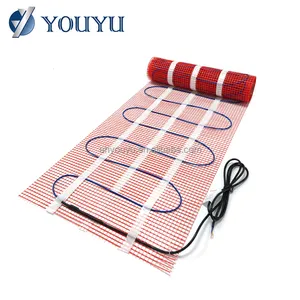








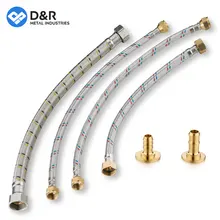

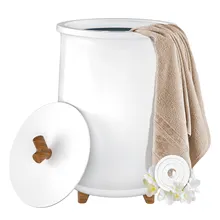
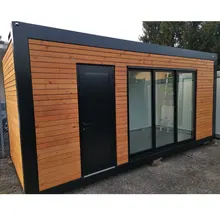


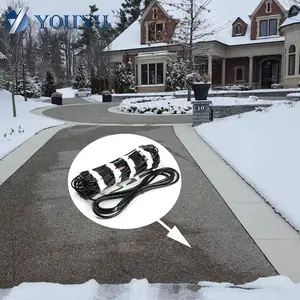
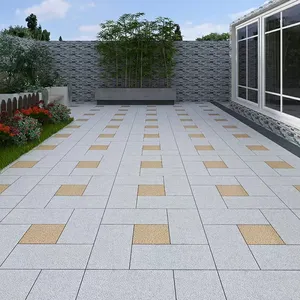
























 浙公网安备 33010002000092号
浙公网安备 33010002000092号 浙B2-20120091-4
浙B2-20120091-4